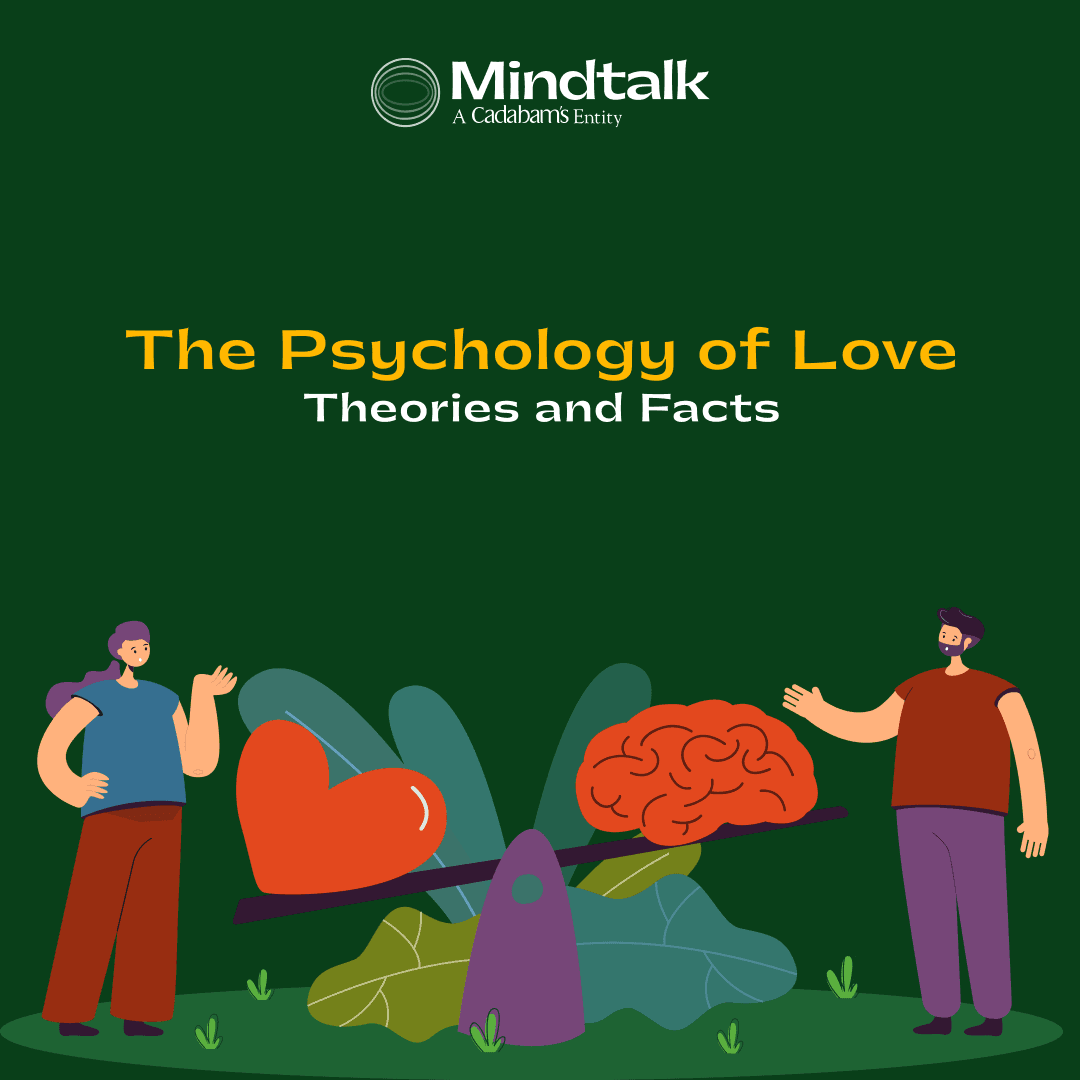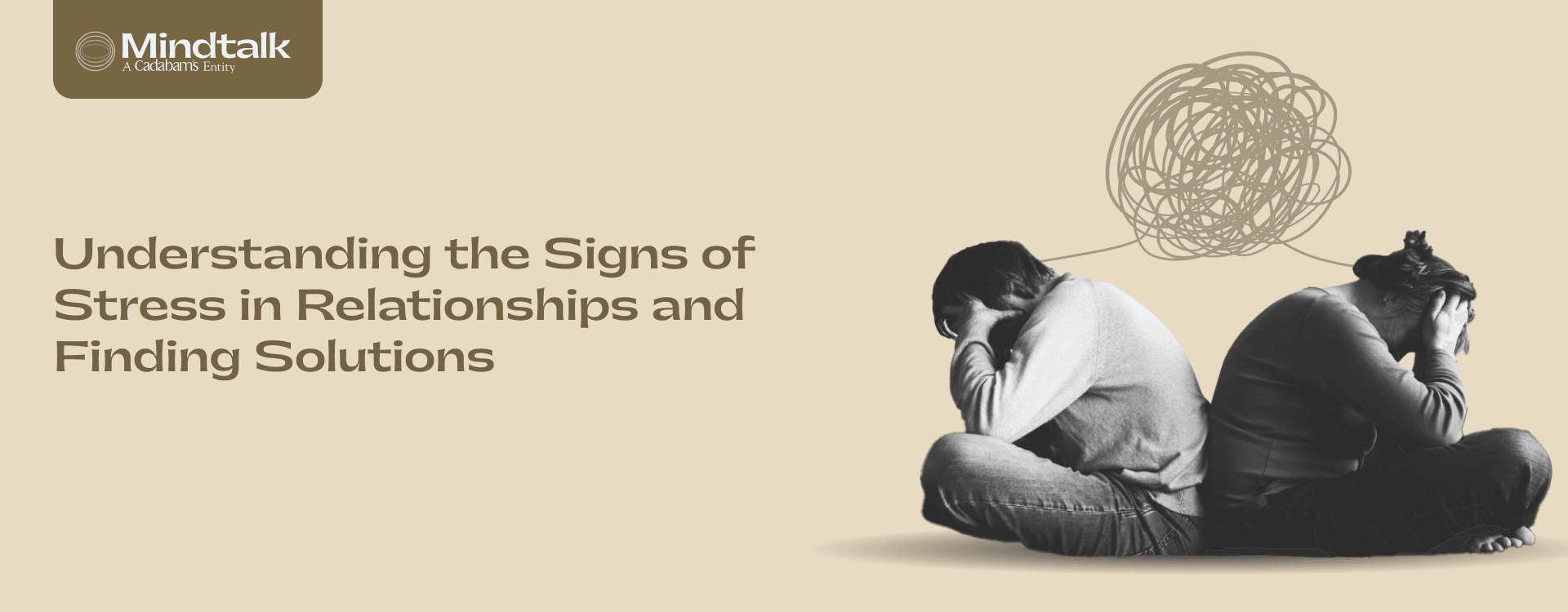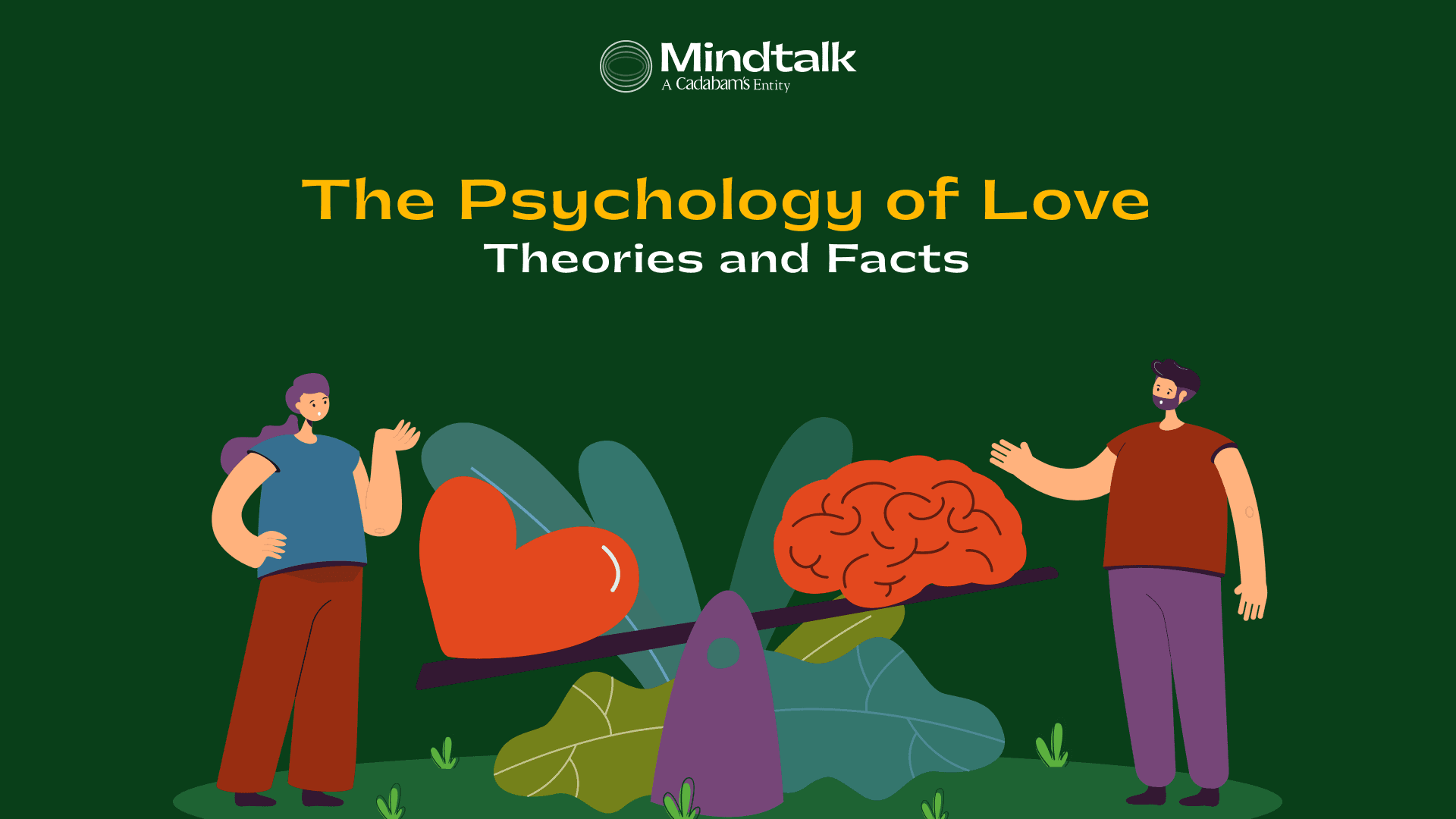The Psychology Of Love

Love is one of the most complex and fascinating emotions that humans experience. It is a universal emotion that has been the subject of art, music, literature, and philosophy for centuries. However, the question remains, what exactly is love and how does it work?
Love is a powerful emotion that has a significant impact on our lives. It can make us feel happy, fulfilled, and secure. However, love can also be challenging. We may experience heartbreak, jealousy, and conflict in our relationships. However, despite the challenges, love remains one of the most important and rewarding experiences in life. In this blog post, we will explore the psychology of love in more depth.
Types Of Love
There are many different types of love in psychology, but some of the most common include:
- Romantic love: This is the type of love that is associated with passionate feelings, physical attraction, and intimacy.
- Platonic love: This is a type of love that is based on deep friendship and mutual respect.
- Familial love: This is the love that we feel for our family members.
- Self-love: This is the appreciation and acceptance of ourselves.
It is important to note that these types of love are not mutually exclusive. Additionally, the different types of love can overlap and change over time. For instance, a romantic relationship may start as a playful and flirtatious one, but it may eventually develop into a more committed and enduring love.
Compassionate Vs. Passionate Love
Compassionate and passionate love are two very different types of love, but they can be easily confused. Compassionate love is characterized by intimacy, trust, commitment, and affection. It is a deep love that is built on mutual understanding and respect. It is described as a "warm and fuzzy" feeling, and it is often associated with feelings of safety and security.
On the other hand, passionate love is characterized by intense emotions, sexual attraction, and a strong desire to be close to the other person. It is often described as a "head over heels" feeling, and it can be accompanied by feelings of excitement, nervousness, and even obsession.
It is important to note that the two types of love are not mutually exclusive. Many relationships begin as passionate love and then develop into compassionate love over time.
Physical Effects Of Love
Love is a powerful emotion that can have a significant impact on our physical health. When we are in love, our bodies release a variety of hormones and neurotransmitters that can affect our heart rate, blood pressure, breathing, and other bodily functions.
Here are some of the physical effects of love:
Increased heart rate and blood pressure
- Faster breathing
- Dilated pupils
- Sweaty palms and flushed cheeks
- Increased energy and decreased appetite
- Improved immune function
In addition to these physical effects, love can also have several other positive benefits for our health. For example, love can help to reduce stress, improve sleep quality, and increase our overall sense of well-being.
Stages Of Love
The stages of love are a way to describe the different phases that a romantic relationship typically goes through. There is no one definitive set of stages, but many experts agree that there are four main stages of love:
- Infatuation: People in this stage may feel like they are "on cloud nine" and that they have found their soulmate. It is often short-lived, lasting anywhere from a few weeks to a few months with intense feelings of attraction and excitement.
- Limerence: People in this stage may feel obsessed with the other person and may have difficulty thinking about anything else. This stage is also often a short-lived phase with a strong emotional attachment.
- Companionate love: People in this stage feel a strong connection to the other person and value their companionship with a mature form of love.
- Committed love: People in this stage are willing to work through challenges together and are committed to making the relationship work over a long period.
Liking Vs. Loving
Are you often confused about whether you like or love someone? Liking and loving are two different emotions, but they can be easily misinterpreted, by ourselves and those around us. Liking someone is a positive feeling that you have towards them while loving someone is a more intense emotion.
One difference is that liking is often based on superficial factors, such as physical appearance, social status, or shared interests. Loving, on the other hand, is based on a deeper understanding and appreciation of the other person, including their flaws. Another difference is that liking is often short-lived while loving is more enduring. Loving someone is more likely to withstand the test of time, even as we go through challenges and changes together.
Lastly, liking and loving differ in terms of the emotions they involve. Liking is often associated with positive emotions such as happiness and enjoyment. Loving, on the other hand, can evoke a wider range of emotions, including passion, intimacy, commitment, and jealousy.
The Color Wheel Model Of Love
The Color Wheel Model of Love is a theory developed by Canadian psychologist John Alan Lee in the 1970s. Lee's theory has been used to explain a wide range of human relationships and their phases over time. The theory posits that there are three primary colours of love known as:
- Eros: It is characterized by intense passion and physical attraction. It is often associated with romantic love, but it can also be experienced in platonic relationships.
- Ludus: It is characterized by playfulness, flirtation, and a lack of commitment. It is often associated with casual relationships, but it can also be experienced in long-term relationships.
- Storge: It is characterized by intimacy, friendship, and a shared history. It is often associated with familial love, but it can also be experienced in romantic and platonic relationships.
Lee believed that these three primary colours of love can be combined to create secondary colours of love, such as:
- Mania: It is characterized by intense passion, jealousy, and possessiveness. It is a combination of eros and ludus.
- Pragma: It is characterized by practical considerations, such as shared values and goals. It is a combination of eros and storge.
- Agape: It is characterized by selfless love and compassion. It is a combination of ludus and storge.
Triangular Theory Of Love
The Triangular Theory of Love is a theory of love developed by Robert Sternberg in the 1980s. The theory posits that love is composed of three components: intimacy, passion, and commitment.
Intimacy refers to the closeness, connection, and trust that two people share while passion involves intense feelings of attraction and excitement that two people feel for each other.
On the other hand, commitment refers to the decision to stay with the other person, even through difficult times. It is based on a belief in the relationship and a willingness to work through challenges together. Sternberg believed that different combinations of these three components create different types of love.
The Triangular Theory of Love is a useful tool for understanding the different ways that people love. It can also help us to identify areas where our relationships may be lacking and to work on strengthening those areas.
Attachment Theory Of Love
Attachment theory is a psychological theory that explains how early childhood experiences with caregivers shape our relationships and emotional development throughout life. It was developed by John Bowlby and Mary Ainsworth, from Britain and America respectively, in the 1950s and 1960s.
It states that infants form strong emotional bonds with their caregivers, which are essential for their survival and development. These bonds provide infants with a sense of security and safety, and they serve as a base from which to explore the world.
The quality of an infant's attachment to their caregivers has a significant impact on their future relationships and emotional development. Infants who form secure attachments with their caregivers are more likely to develop into emotionally healthy adults who can form close and loving relationships. Infants who form insecure attachments with their caregivers are more likely to develop into emotionally unhealthy adults who have difficulty forming close and loving relationships.
Is Love Influenced By Biology Or Culture?
Whether love is influenced by biology or culture is a complex question that has been debated by scientists and philosophers for centuries.
On the biological side, research has shown that love is associated with some hormones and neurotransmitters, including oxytocin, dopamine, and vasopressin. These chemicals play a role in bonding, attraction, and sexual desire. In addition to hormones and neurotransmitters, many genetic factors may influence love.
On the cultural side, there is evidence that love is shaped by our social and cultural environment. For instance, in some cultures, love is seen as a private and intimate experience, while in other cultures, it is seen as a public and communal experience.
Additionally, cultures can influence our expectations and preferences for relationships. For example, some cultures place a high value on marriage and family, while other cultures value more individualistic and independent lifestyles.
Overall, it is likely that love is influenced by both biology and culture. Our biology may provide the foundation for love, but our culture shapes how we experience and express love. It is important to note that the relationship between biology and culture is complex and there is no one right way to love.
Similar Posts












